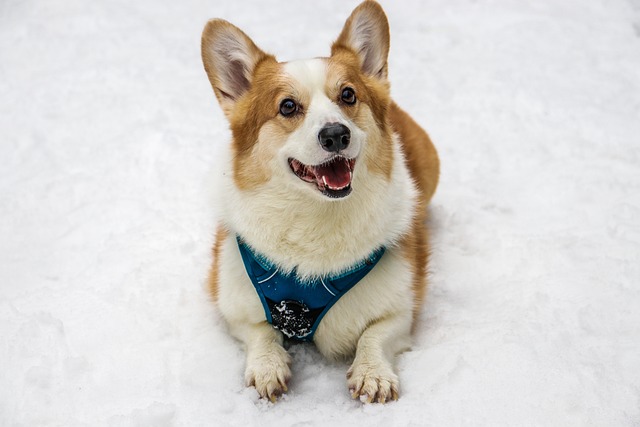
How do i train my dog to be obedient?
Watching your dog dart across the park ignoring your calls isn’t just frustrating—it can put them at risk near busy streets or public spaces.
Picture your Beagle, Daisy, nose glued to the sidewalk during walks—that incredible sniffing power is begging to be channeled. Starting scent training isn’t just fun; it satisfies your dog’s deepest instincts. But before hiding treats in your apartment, know the rules: Off-leash tracking is illegal in most U.S. parks (think $300 fines in Seattle), and accidental "detections" of strangers’ belongings could land you in hot water.
Let’s break it down scientifically: A dog’s nose has 300 million scent receptors—yours has just 6 million. Tap into this superpower with associative learning: Pair target smells (like food-grade birch oil) with high-value rewards. Start simple: Dab birch oil on a cotton ball, place it under a muffin tin cup in your kitchen, and say "Search!" When Daisy nudges the right cup, instantly reward her with diced chicken. This mirrors how wild canines forage—no punishment needed, ever. Avoid synthetic scents; they overwhelm sensitive noses.
Practical steps blend training with real life: Begin in scent-neutral zones like your bathroom. Use airtight glass jars with frozen liver to contain odors—critical for apartments where smells linger. Keep sessions under 5 minutes to prevent frustration. Once Daisy masters indoor finds, move to your leashed backyard (6-ft leads required in most counties). Practice near distractions like flower beds, rewarding focus on target scents only. Apartment dwellers: Use stairwells during off-peak hours for "urban tracking." If Daisy sniffs a neighbor’s door, gently redirect with a treat—community peace matters.

Cultural and legal layers: Yanking Daisy’s leash for missing a scent violates U.S. animal cruelty norms. Instead, apply "errorless learning"—make hides easier if she struggles. Positive reinforcement isn’t optional; studies show it builds 40% faster skill retention. In public spaces:
1、Always carry visible biodegradable poop bags ($650 fines in NYC)
2、Avoid peak hours—a distracted dog bumping a jogger risks liability
3、Skip verbal praise (barking annoys neighbors)—use silent rewards like ear rubs
Why this transforms urban dog life: Scent work reduces anxiety by 57% in confined spaces (Journal of Veterinary Behavior). Start today with household items—no fancy gear needed. Join AKC’s "Scent Work Starter" groups for free local workshop schedules. Remember: Every sniff strengthens Daisy’s mind while keeping you compliant with community standards.

Watching your dog dart across the park ignoring your calls isn’t just frustrating—it can put them at risk near busy streets or public spaces.

New puppy owners often find themselves rushing to clean up accidents before they set in, and that’s where puppy pad training becomes a game-changer.

If you've noticed your dog's waistline disappearing and your veterinarian has mentioned those few extra pounds, your first instinct might be to simply reduce the amount of food in their bowl.

Training a dog to use a designated spot indoors isn’t as daunting as many new owners fear, but it does take consistency and an understanding of your pet’s needs.

That moment of dread on a walk is all too familiar for many new dog owners. You see another dog approaching down the sidewalk of your neighborhood

If the sight of another dog on your neighborhood walk makes your heart sink as your own dog erupts into a frenzy of barking and lunging, you're not alone.